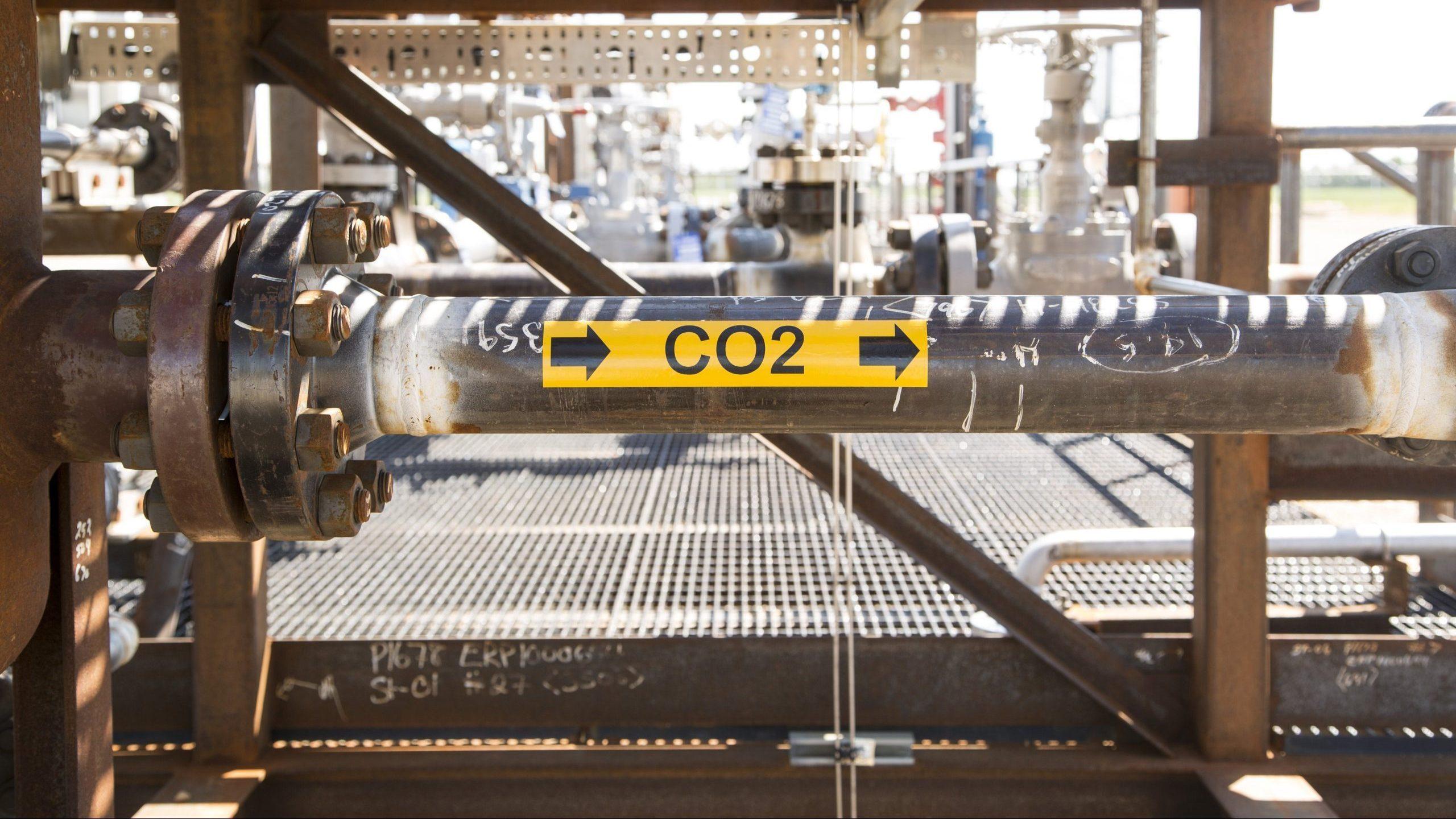The recent announcements that two new carbon capture and storage (CCS) projects in Alberta will proceed sends the signal that the province is a prime location for investment in emissions reduction, says an industry expert.
Shell and partner ATCO EnPower will proceed with a new CCS project at the Scotford refinery and chemicals complex near Edmonton, while on a smaller scale Entropy Inc. will add a second phase of CCS at its Glacier gas plant near Grande Prairie.
Combined, the projects are expected to capture and store about 810,000 tonnes of CO2 per year, the equivalent of taking nearly 200,000 cars off the road annually. Entropy’s project is to start in 2026 and Shell/ATCO’s in 2028.
“It’s all great news and hopefully more are to come,” says Beth (Hardy) Valiaho, vice-president of public affairs and international engagement for the International CCS Knowledge Centre.
“Not only is Alberta open for business to do these projects, but we’ve got a lot to share to help others reduce emissions in their countries based on the lessons learned here.”
More CCS needed
CCS projects around the world today have the capacity to store about 50 million tonnes of CO2 per year. To meet climate targets, that needs to grow significantly.
According to the Intergovernmental Panel on Climate Change, the International Energy Agency and others, by 2030 the world needs CCS to store one gigatonne of CO2 per year, rising to 10 gigatonnes by 2050.
Valiaho says Alberta is drawing new CCS interest thanks to a mixture of favorable geology, close proximity of a variety of emitting industries, and a “hospitable” investment climate.
“Western Canada has almost 400 billion tons of sequestration potential. And when you look at where the emissions are, most of the emissions in Canada, the larger sources, are centered over those storage opportunities,” she says.
CCS in Alberta
Alberta alone has more CO2 storage capacity than Norway, Korea, India, and double the entire Middle East, according to the Global CCS Institute.
It also has a broad industrial presence including oil and gas production, refining, petrochemicals, cement and fertilizer.
“CCS is a solution across industries. That’s why you see CCS popping up in Alberta, because of its diversified emission profile.”
Since 2015, CCS operations in Alberta have safely stored roughly 13.5 million tonnes of CO2, or the equivalent emissions of more than three million cars. And now more CCS is on the way.
New projects to proceed
At the end of June, Shell announced it will proceed with the Polaris carbon capture project at its Scotford refinery and chemicals complex near Edmonton, and the nearby Atlas storage hub in partnership with ATCO EnPower.
Both developments build on Shell’s experience at the Quest CCS project, also located at the Scotford complex, Shell Canada country chair Susannah Pierce told a press conference in July.
Since 2015, Quest has stored about one million tonnes of CO2 per year, or a total of about 7.7 million tonnes.
Starting near the end of 2028, Polaris is expected to capture up to 650,000 tonnes of C02 per year, transported to the Atlas storage hub by a 22-kilometer pipeline.
Future phases at Atlas are expected to add capture operations at additional industrial facilities, helping build out Alberta’s strategy to develop multiple CCS hubs in the province.
“We can be one of the first movers to attract those other emitters to be part of our agreement to sequester their emissions,” Pierce said. “For us, we see it as a competitive advantage.”
Entropy Inc., a subsidiary of Advantage Energy, announced at the beginning of July it will proceed with its Glacier Phase 2 project, which is expected onstream in mid-2026 and will capture 160,000 tonnes of emissions per year from the Glacier gas plant near Grande Prairie.
This builds on the company’s experience with the first phase of CCS at Glacier (47,000 tonnes per year), which achieved “first carbon” injected deep underground in August 2022.
“This reduces the CO2 that would otherwise flow into the natural gas pipeline distribution system thereby reducing ultimate emissions at the burner tip,” Entropy vice-president of policy and carbon markets told CEC.
The benefits of government support
Valiaho says the new major project announcements show that government support can help drive new development.
Alberta is finalizing its carbon capture incentive program, which covers up to 12 percent of eligible capital costs, while the federal government has implemented its CCS investment tax credit, which covers up to 60 percent of capture costs and 37.5 percent of the cost for transportation, storage or usage equipment.
Both governments have supported CCS projects in the past: Shell’s $1.3 billion Quest project received $745 million from the Alberta government and $120 million from Ottawa, while the $1.2 billion Alberta Carbon Trunk Line received $495 million from Alberta and $63.2 million from the federal government.
Government support continues to be important for what Valiaho calls “the next wave” of CCS development.
“The projects are still quite expensive, and it’s not just the capital costs, but it’s also the operating costs,” she says.
It can also be daunting for companies to proceed with a large investment in CCS because capturing and storing CO2 is an entirely different operation than their core business of, say, processing oil or producing cement, Valiaho says.
“This isn’t a technology you buy off a shelf and over time the costs reduce themselves. This is something that has to have iterative applications, and it’s always integrated into your unique circumstance,” she says.
“The great thing about CCS is it enables industry to continue while reducing its emissions. And what ends up happening is you are against emissions as opposed to against any one industry, and that’s really good for jobs and sustaining the economy.”
The unaltered reproduction of this content is free of charge with attribution to the Canadian Energy Centre.
